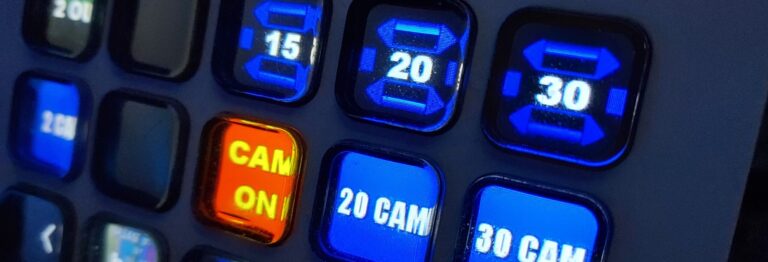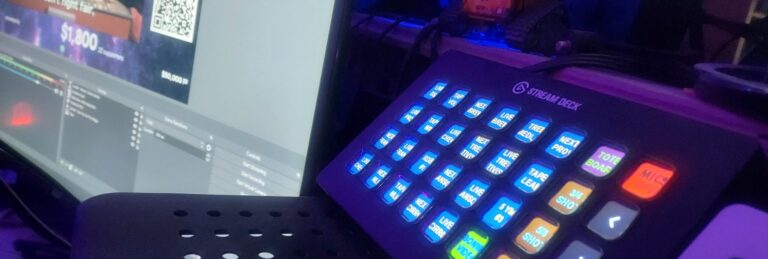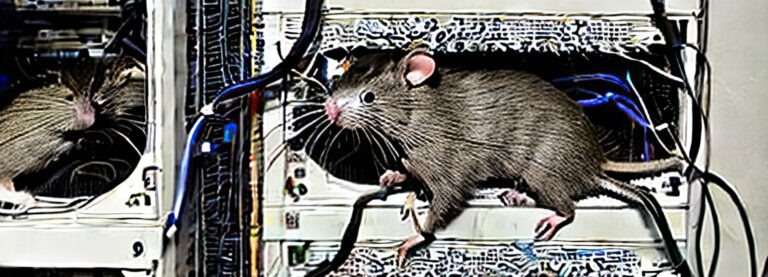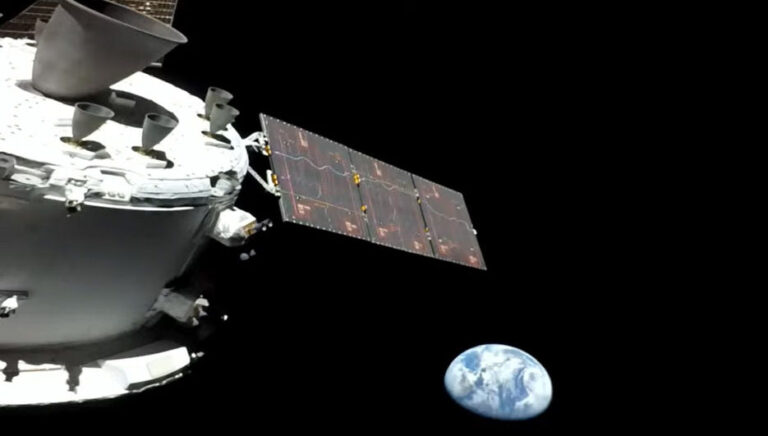There’s a new DVD out in these parts. Like the rest of the DVDs I’ve done, they involve classic video game history – there seems to be a theme developing. This latest one goes back to the footage I shot in 2003 of the first Classic Gaming Expo I attended. I’ve legendarily told folks that this footage might not ever be seen due to the phenomenon known as “earthquakevision”, but upon reviewing the old Hi8 tapes that I shot, I realized the following:
1. It wasn’t as bad as I had been telling everybody
2. I could cover up the shaky bits, for the most part, with game video or something else.
The main problem was the state that the tapes themselves were in; I’d stored them in a safe place, but, frankly, they’re old tapes at this point. There was some serious damage to the tape of auction footage, so that event was reduced to “excerpts” (i.e. the parts of the tape I could actually play and/or recover). Everything needed some restoration work to some extent. It’s also not every-minute-of-every-keynote like the 2K7 set was; I didn’t even go to every keynote in 2003, but the flipside of that is that I did record the interesting ones that have turned out not to be recurring phenomena: guests who only came to the 2003 show, or haven’t shown up since 2003. In that respect, this set has some fairly atypical CGE goodness. If there’s one “atypical” keynote that I missed in ’03, it was the Entex guy, which I now sorely regret; but it works out okay here in that what I do have fills out two 2-hour single-layer DVDs nicely.
The A/V quality benefits greatly from using Nero Recode instead of the combination of SUPER(c) and VirtualDub that I used on PDF Level 2. Nero Recode does a dandy job of de-interlacing video, which is a problem that did get me in a few places on PDF Level 2. The end result is the clearest, crispest video I’ve turned out yet – with the restoration and color balancing, it’s probably better than the original master tapes at this point. I decided to go ahead and salvage every second of raw video that I could, grouping them into two “bonus features” (show floor and CGE Museum), so what you wind up here is, more or less, every surviving piece of video that I shot that weekend. (Well, except for walking through Star Trek: The Experience. I wasn’t sure how well that’d go over on a Classic Gaming Expo DVD… but then again… Star Trek: The Experience doesn’t exist anymore, does it? w00t! Instant collector’s item.)
I’ve already completed the first segment of Best of CGE ’05, which, as I’ve stated before, will be an all-widescreen extravaganza (because it was all shot 16:9 instead of 4:3). Nero Recode also makes this less of a headache, as it can crop video while recoding it. So the result won’t be a letterboxed picture in 4:3, it’ll be something that’ll fill your HD set from end to end – real live anamorphic video! The first segment finished is Jerry Lawson, who led a group of self-proclaimed “mavericks” at the otherwise rather staid Fairchild Semiconductor to create the company’s only foray into video gaming, the Fairchild Channel F. Fairchild’s machine was the first cartridge-based machine on the market, and Lawson was one of the first (if not the first) African Americans in the video game business at that time, and all of this adds up to some fascinating stories, which the man himself tells with a great sense of humor. Other keynotes recorded in 2005 were the Atari programmers’ panel, the Atari hardware panel (Al Alcorn, Steve Bristow, Steve Myers), Activision vs. Imagic, and Bill Kunkel, along with a truckload of show floor footage (what we in the teevee biz call “B-roll”).
At least two of those panels run nearly 90 minutes. If there’s a drawback to this abundance of material, it’s this: one of the discs may have to be dual-layer, or the set may expand to three DVDs; both options drive the price up just a bit. We’ll see where things land after I’ve gotten more editing done.
In the meantime, I’m still not having much luck on the job front; I had what I thought was a promising prospect in northwest Arkansas, but it turned out not to be. Or perhaps I was less promising than they thought. One thing I’ve run into a few times is that at least half of the previous workplaces on my resume no longer exist, or they’ve changed hands. One TV station I worked for is gone altogether, and the entity that, in theory, holds my employment records now deals only in radio. My resume tries to lay all this out, but it was cited this time as something that bit me on the ass. And…there’s not a lot I can do about that. What’s the preferred solution? Only list the places that still exist and leave gaping holes in my employment history for the others? This is right up there with the numerous rejections I’ve gotten from potential employers in northwest Arkansas who refuse to hire anyone from “south of the tunnel.”
I have applied for one job that’s a once-in-a-lifetimer; it’d make good use of my years of teevee experience, and believe it or not, the two and a half years I’ve been sitting at home doing these little documentary projects may actually help this time. (Even scarier? The years and years I’ve spent doing theLogBook could even be considered preparation for this gig.) There are only around 50 jobs like it in the country…and yet at the same time, my gut instinct tells me there’s probably not a heap of competition for it. But it would be such a better use of what I can do than going back into commercial TV or slithering back into the teevee nooz biz. I’m keeping my fingers crossed for it. If you want to do the same, I can’t imagine that it would hurt.










+ There are no comments
Add yours